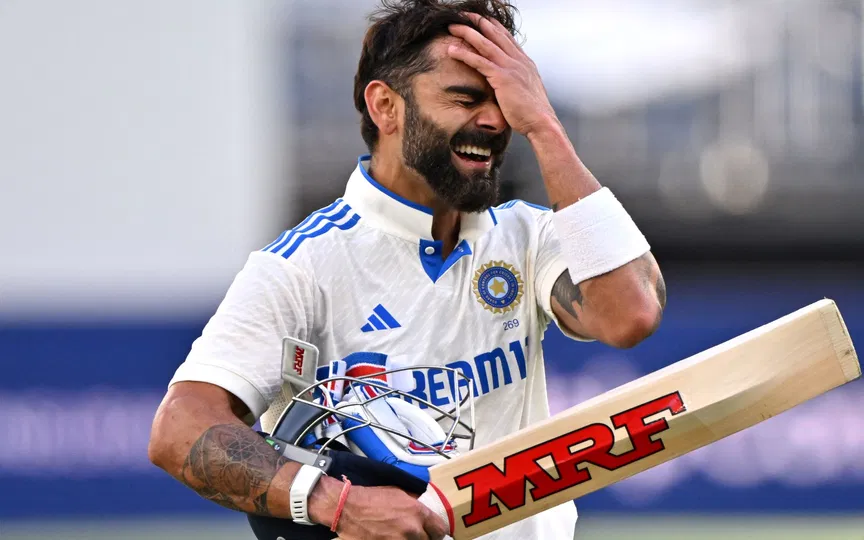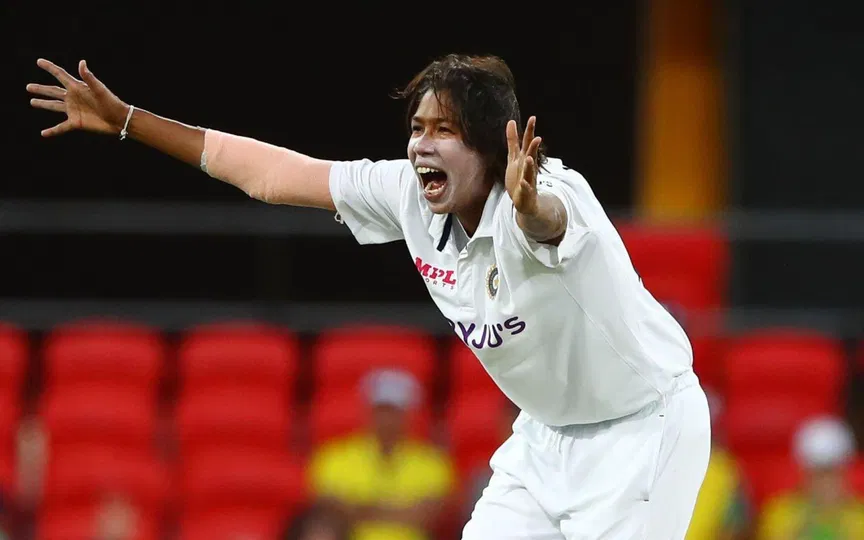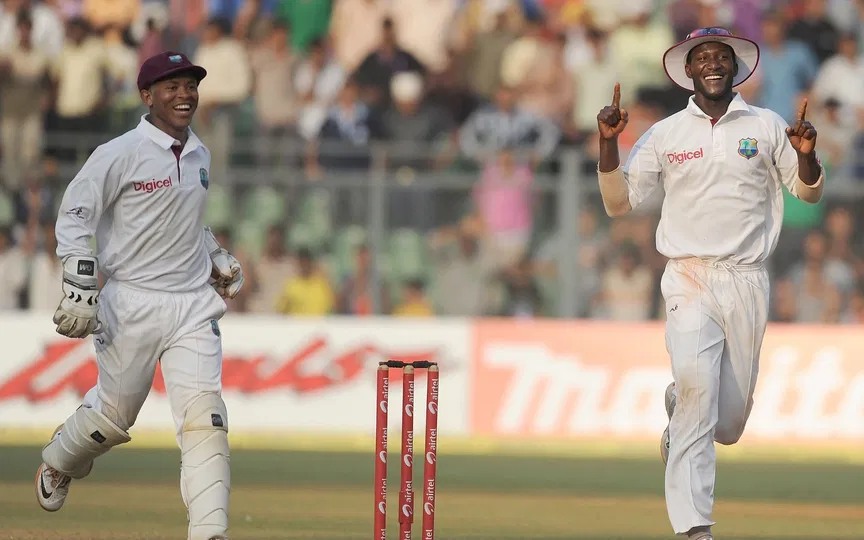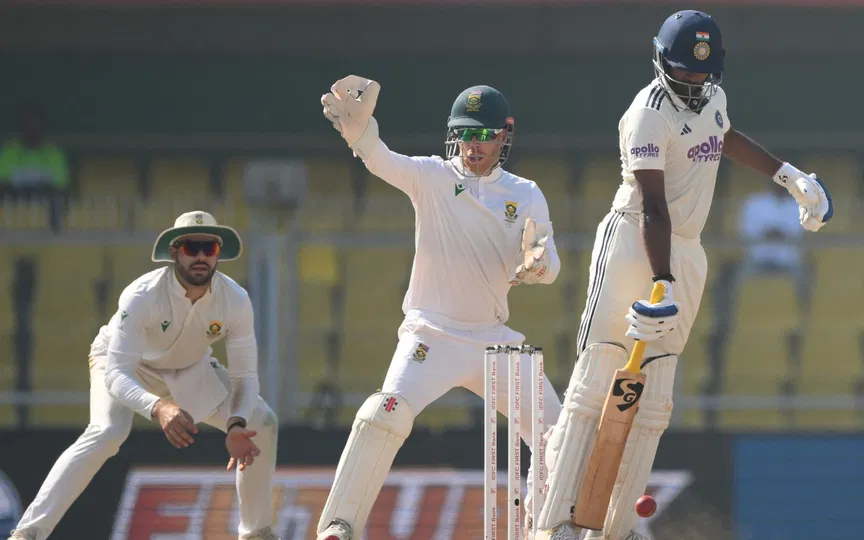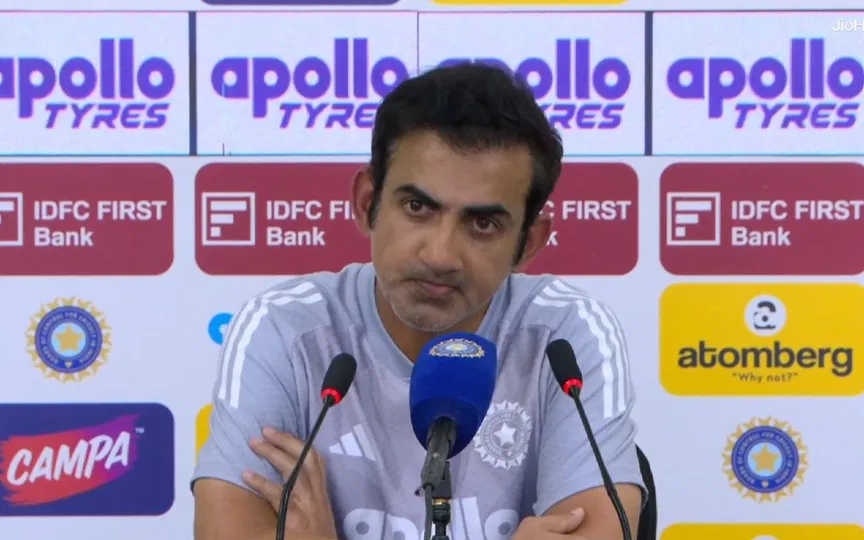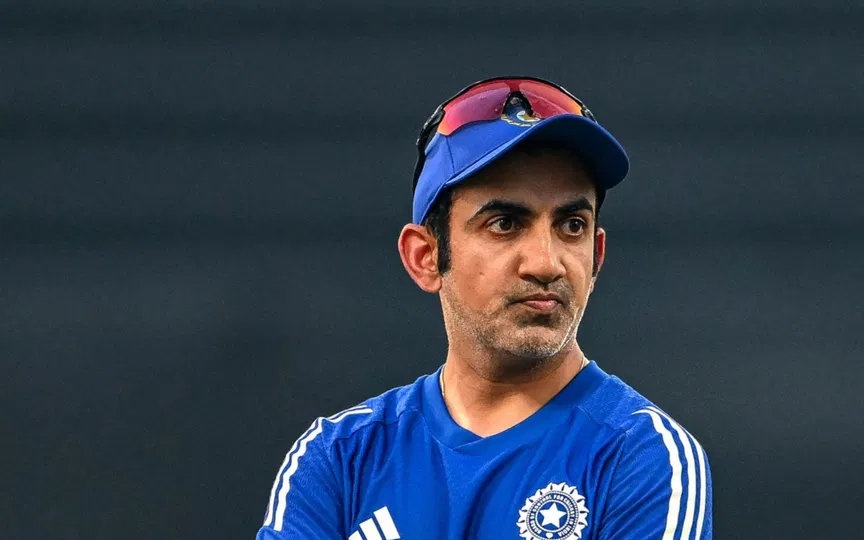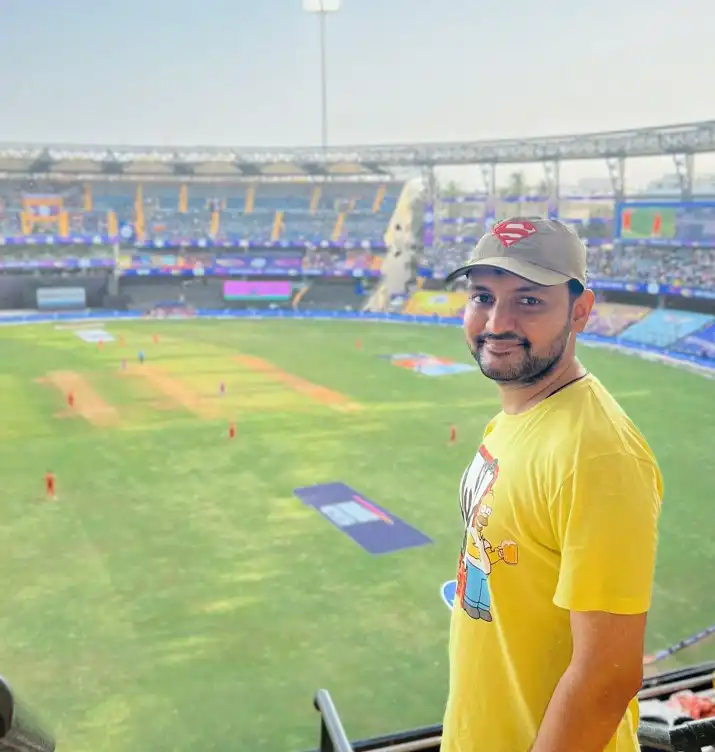![Tragedy unfolded in 1995 IND vs NZ ODI [Source: @CricketopiaCom/x]](https://onecricketnews.akamaized.net/parth-editor/oc-dashboard/news-images-prod/1764146246533_india_vs_new_zealand.jpg?type=hq) Tragedy unfolded in 1995 IND vs NZ ODI [Source: @CricketopiaCom/x]
Tragedy unfolded in 1995 IND vs NZ ODI [Source: @CricketopiaCom/x]
Cricket often dazzles with packed stadiums, roaring crowds and unforgettable on-field brilliances. Yet, behind the glamour of this beautiful sport, there lies some rare moments that have left the scars the game rarely acknowledges.
There are tragedies so unseen and unheard that even as the game shines under bright lights, its darkest chapters remain hidden in the shadows. One such tragedy occurred at the Vidarbha Cricket Association Ground in Nagpur way back in November 1995 on this exact day, i.e., 30 years ago, when a stadium malfunction caused the death of nine spectators, leaving at least 50 others injured.
When lives were lost, and players were left unaware
On November 26, 1995, hosts India took on New Zealand in the fifth ODI at the VCA Stadium in Nagpur. Then New Zealand opener Nathan Astle smeared 114 runs with 12 fours and a six as the visitors mounted 348-8 in 50 overs, one of the highest ODI totals in history at the time.
All-time New Zealand greats Martin Crowe and Stephen Fleming also unleashed quick 60s as Indian bowlers struggled to contain the ‘Black Caps’ throughout the innings.
During the lunch break, the atmosphere in the ground shifted from festive to unsettling, as an unforeseen darkness crept into a crowded stand. The incident in contention refers to the moment when the parapet wall of a newly-built extension to a stand collapsed, leaving nine spectators dead and as many as 50 others injured. Some of those young fans fell 70 feet to their deaths.
The officials, fearing a riot and hostile crowd reaction, did not call off play and decided to carry on with the game. None of the players on either side were made aware of the deadly accident.
The Indian innings resumed shortly, where they tried their best to make a match out of New Zealand’s 348. But 249 was all they could manage to fall 99 runs short of the visitors.
The match ended, the crowds dispersed, yet the game’s decision to play on despite tragic loss of life remains a haunting reminder that sometimes even cricket’s brightest stage can look away from its darkest hour.
